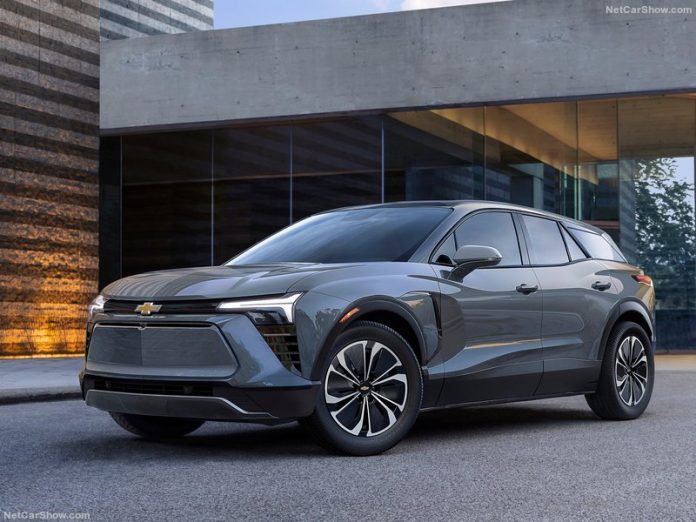Uruguayan Vehicles Market in September 2023 grows for the 5th month in a row, reporting 5,034 new sales (+7.5%). YTD figures at 40,956 are up 7.4% from the previous year. Citroen Surges 149.4%.
Market Trend and Outlook
The Uruguayan vehicles market in September 2023 grows for the 5th month in a row, reporting 5,034 new sales (+7.5%). YTD figures at 40,956 are up 7.5% from the previous year.
Looking at cumulative data up to September 2023 brand-wise, Chevrolet becomes the new leader with 7,022 sales (+32.7%), followed by Fiat -up 3 spots- with 4,174 sales (+6.9%) and Suzuki -up 3 spots- with 4,092 sales (+22.5%).
Volkswagen falls 2 spots into 4th with 3,756 units sold (-18.1%), in front of Renault -down 1 spot- at 3,236 (-24.4%), Peugeot -up 3 spots- at 2,826 (+96.0%) and Hyundai -down 3 spots- with 2,653 sales (-37.7%).
Citroen grows 2 spots into 8th with 2,398 sales (+136.4%), followed by Nissan in 9th at 1,933 (+6.7%) and Toyota -down 3 spots- in 10th with 1,868 registrations (-8.2%).
Looking at specific models the Suzuki Celerio is the best selling growing only 2.0% in year-on-year sales, followed by the Renault Oroch down 2.1%.
Medium-Term Market Trend
The Uruguayan vehicles market has had many ups and downs in the past decade. From 2010 to 2013 sales grew from 39,961 to the current all time high of 56,113 sales. The trend reversed in the following year, falling to 45,337 sales in 2016. In 2017 the market grew 21.2% reaching 54,948 sales, but it when back to losing in 2018 and 2019.
The arrival of the pandemic caused the demand for light vehicles to drop even further, reaching the lowest levels of the decade at 34,540 (-20.3%).
Luckily in 2021 the market bounced back right away, reporting at +42.6% variation that took sales up to 49,267. In 2022 sales maintained the momentum, growing 7.2% to 52,829. This being said lately the global automotive industry has been confronting some issues that might lower vehicle demand in the future: the disruption in the global supply chain caused by a lack of raw materials, in particular for the production of microchips and Governments push towards Evs, an expensive alternative for low income consumers. At the moment affects from this last point are very mild, due to the low adoption of BEVs in South American countries (0.45% of total market share in South America).
Tables with sales figures
In the tables below we report sales for all Brands and top 10 Manufacturer Groups.











